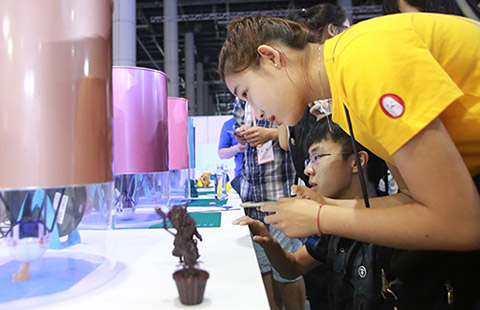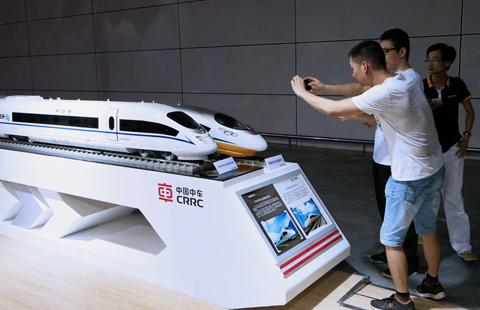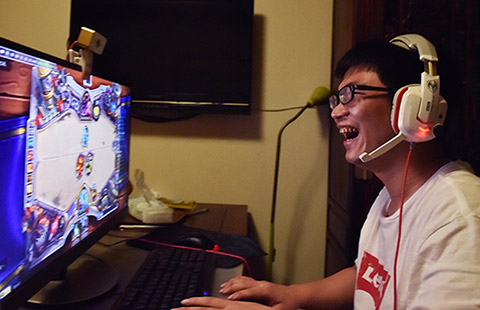Catching up fast in 3D printing
By Wang Ying (China Daily) Updated: 2016-07-25 07:25

"The characteristic of a cell has a lot to do with its shape. If we can imitate the cell and tissue activity in human body, we can research the process of human being and even the process of a disease. Therefore, we can use these research results to select medicines, and even to study the cell of cancer," said Lin.
Patrick Thomas, CEO of Covestro, a supplier of high-tech polymers, views 3D printing as a major opportunity for efficient mass production of complex or individualized parts. But the technology has to clear some hurdles before it can go into more widespread use, he said.
"While over 3,000 materials are available for conventional component manufacturing, only about 30 are available for 3D printing."
Chinese universities and institutions are putting more efforts in 3D printing research and development.
Tsinghua University's team turned their research into real products through cooperation with companies like Beijing Yinhua Laser Rapid Prototypes Making and Mould Technology Co Ltd and Tiertime Technology Co Ltd.
- NEV makers short of cash in tricky market
- Door opens for removal of stake caps for carmakers
- High recalls no cause for alarm
- Joint scientific research drives traditional Chinese medicine westward
- Warcraft wows Chinese, sows seeds of fan economy
- Rising bad loans shift banks' focus to risks and debt securitization
- A-shares shiver as yuan weakens
- Sonova hears China's message loud and clear


















